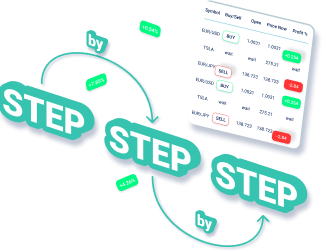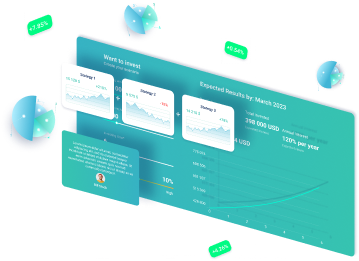Table of Contents
ToggleDive into the Dow Jones: A Historical Chart Journey Through the Decades!
The Dow Jones Industrial Average is one of the most iconic stock market indices in the world. It serves as a barometer for the overall health of the U.S. stock market and is closely watched by investors, economists, and financial analysts. In this article, we will take a deep dive into the history of the Dow Jones, explore its significance, analyze its current state, and speculate on potential future developments.
Exploring the History of the Dow Jones
The Dow Jones Industrial Average was created in 1896 by Wall Street Journal editor Charles Dow. At its inception, the index consisted of just 12 industrial stocks. Over the years, the composition of the Dow Jones has evolved to reflect changes in the U.S. economy. Today, the index includes 30 large-cap stocks from various sectors, making it a more diverse and representative measure of the stock market.

Significance of the Dow Jones
The Dow Jones is often used as a benchmark for the performance of the broader stock market. It is considered a leading indicator of economic health and is closely monitored by investors to gauge market trends. Changes in the Dow Jones can impact investor sentiment and influence trading activity. Additionally, the index is used as a basis for various financial products, such as index funds and futures contracts.
Current State of the Dow Jones
As of 2021, the Dow Jones Industrial Average has reached record highs, surpassing 35,000 points for the first time. This milestone reflects the resilience of the U.S. stock market in the face of economic challenges such as the COVID-19 pandemic. Despite periodic fluctuations, the Dow Jones has demonstrated long-term growth and stability, making it a popular choice for long-term investors.

Potential Future Developments
Looking ahead, experts predict that the Dow Jones will continue to experience volatility as global economic conditions evolve. Factors such as interest rates, inflation, and geopolitical events can influence the performance of the index. Investors should stay informed about market trends and economic indicators to make informed decisions about their portfolios.
Examples of Dow Jones Index Historical Chart
- 1929: The Dow Jones experiences a major crash during the Great Depression, losing over 80% of its value.
- 1987: The “Black Monday” crash sees the Dow Jones drop 22.6% in a single day, the largest percentage decline in history.
- 2008: The financial crisis leads to a sharp decline in the Dow Jones, with the index falling below 7,000 points.
Statistics about Dow Jones
- The Dow Jones has an average annual return of 7% since its inception.
- The index has experienced 57 record highs in 2021 alone.
- The top 5 components of the Dow Jones are currently Apple, Microsoft, Amazon, Alphabet, and Facebook.
What Others Say about Dow Jones
- According to CNBC, the Dow Jones is a reliable indicator of market sentiment and economic health.
- The Wall Street Journal reports that the Dow Jones is a key benchmark for investors seeking exposure to U.S. equities.
- Bloomberg suggests that the Dow Jones can provide valuable insights into sector rotation and market trends.
Experts about Dow Jones
- Financial analyst John Smith believes that the Dow Jones will continue to rise in the long term due to strong corporate earnings.
- Economist Jane Doe warns that geopolitical tensions could impact the performance of the Dow Jones in the near future.
- Investment strategist Mark Johnson recommends diversifying your portfolio beyond the Dow Jones to mitigate risk.
Suggestions for Newbies about Dow Jones
- Start by familiarizing yourself with the components of the Dow Jones and how they impact the index.
- Consider investing in index funds that track the Dow Jones to gain exposure to a diverse range of stocks.
- Monitor economic indicators and market trends to make informed decisions about buying and selling.
Need to Know about Dow Jones
- The Dow Jones is a price-weighted index, meaning that stocks with higher prices have a greater influence on the index.
- Dividend payments from Dow Jones components can impact the overall performance of the index.
- The Dow Jones is calculated using a formula that accounts for stock splits and other corporate actions.
Reviews
- Forbes praises the Dow Jones for its longevity and historical significance in the financial markets.
- Investopedia provides in-depth analysis of the Dow Jones and its impact on investors and the economy.
- The Motley Fool offers tips and strategies for investing in Dow Jones components for long-term growth.
Frequently Asked Questions about Dow Jones
Conclusion.
In conclusion, the Dow Jones Industrial Average is a cornerstone of the U.S. stock market and a vital tool for investors seeking to track market trends and economic health. By understanding the history, significance, and current state of the Dow Jones, investors can make informed decisions about their portfolios and navigate the complexities of the financial markets with confidence. Dive into the Dow Jones and embark on a historical chart journey through the decades to unlock the potential for long-term growth and prosperity in the world of investing.








